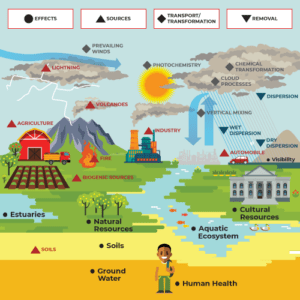Environmental remediation in Utah occurs on a daily basis at active, closed, and abandoned mine sites. To understand the importance of environmental reclamation, it is also important to understand mining in Utah. This article provides a brief overview of the main types of mining in Utah, other types of mines, and the importance of mining to the Utah economy. Future articles discuss the specific types of mine waste found in Utah requiring site remediation. In Utah, mining has contributed significantly to the state’s economic growth, providing jobs and resources that support various industries. However, the environmental impact of mining activities necessitates ongoing efforts in site remediation and restoration. Organizations specializing in this field leverage their expertise in environmental cleanup to address contamination issues and promote sustainable practices, ensuring that both natural ecosystems and local communities benefit from responsible mining operations.
Mining in Utah
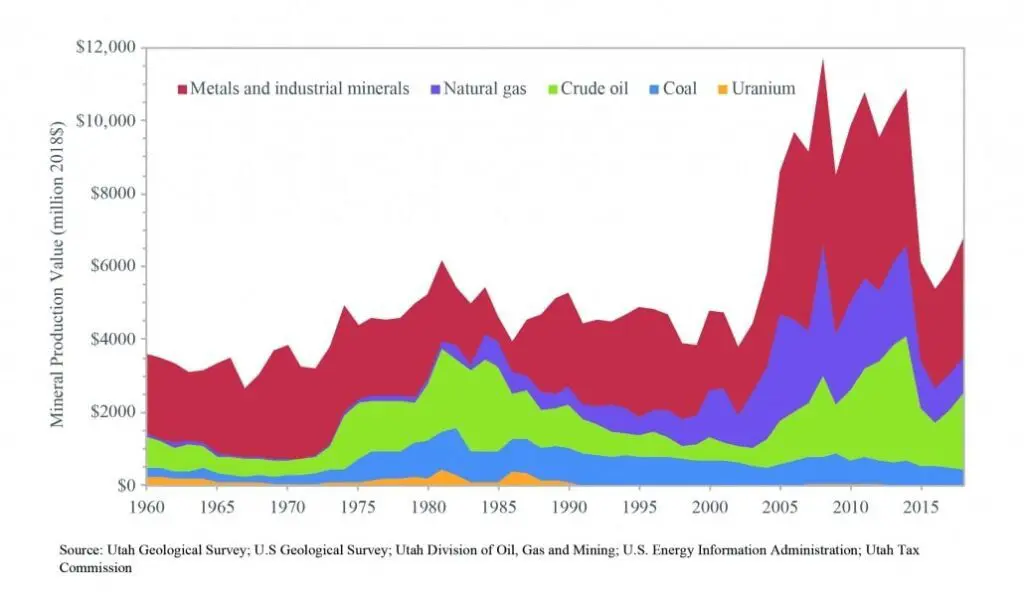
- Utah’s mining production totaled $3.7 billion in 2018.
- Metals accounted for 2.1 billion, with $1.8 billion coming from Rio Tinto Kennecott alone), industrial minerals accounted for $1.2 billion, and coal for $450 million.
- Utah is actively engaged searching for new metals including beryllium, magnesium and potash. Potential new metals include uranium, vanadium, and lithium.
Types of Mines in Utah and the United States
- Open Pit Mining
- Dredging
- Underground Mining
- In-Situ Solution Mining
Open pit mining
Open-pit mining is the primary method by which major metallic ores are extracted. Open-pit mining is the method of choice for low-grade ores. With the larger ore bodies common to metal mining the ore body is mined in benches with blasting used to free overburden and continue downward mining. Waste from open-pit mining includes overburden, mine water, and waste rock.
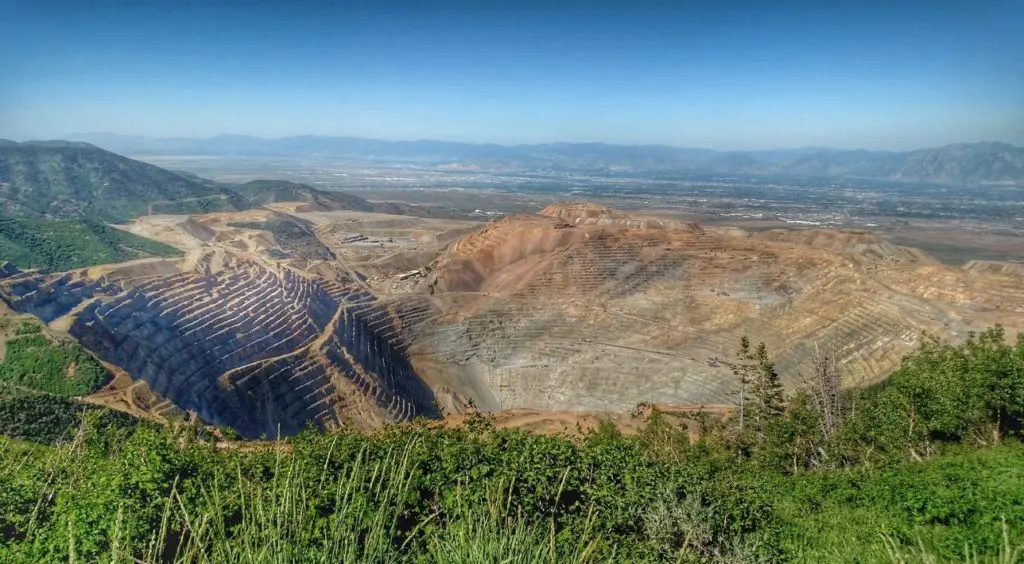
In the video above you see an example of the type of blasting operations carried out at different open pit mines. At Anderson, we provide engineering field services to mining companies by working with blasting crews to provide field sampling for data collection of ore quality. This data is then used for future mine planning and excavation.
Dredging
Dredging is another type of surface mining that is used to mine heavy metallic minerals that deposit as sediment at the bottom of waterways. Dredging involves using a variety of devices to loosen, extract, and remove the desired deposit from the riverbed or ocean floor. Dredging is not common in the US for metallic mineral mining anymore with most operations ceasing in the 1990’s.
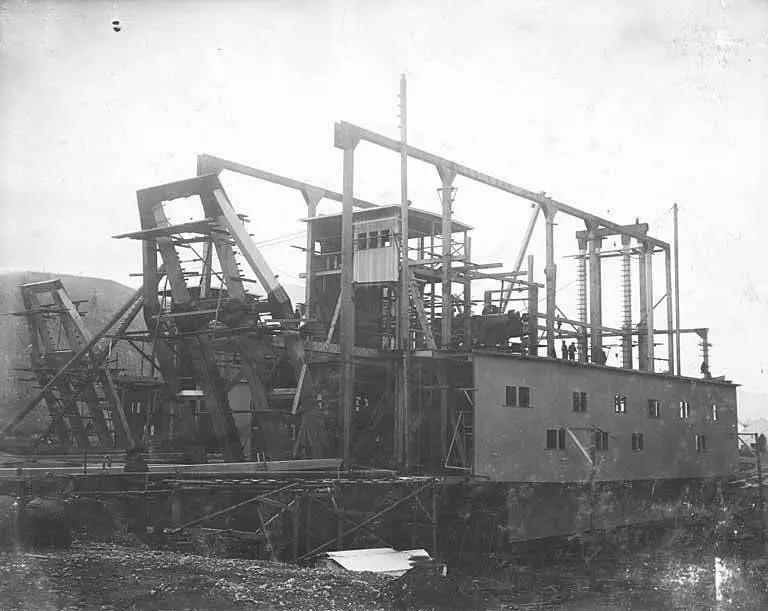
Underground Mining
Underground mining involves the creation of shafts or ramps into a body of rock to gain access to the ore. Underground mining has a significantly smaller footprint and surface disturbance as compared to open-pit mining. Underground mining also typically has less waste and overburden material as the ore body is generally of higher quality. Underground mining has been decreasing in use in the United States with a mild uptick during the 1990s as an additional to open-pit mining to pursue additional underground resources.
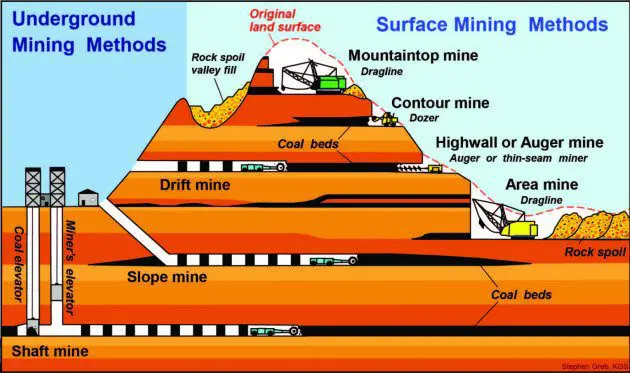
In Utah, the majority of underground mining is associated with coal mining. In 2018, five Utah coal operators produced 13.8 million short tons of coal valued at $454 million from seven underground mines and one surface mine. The largest producers of coal in short tons in Utah are:
Each year the Utah Department of Natural Resources publishes the Utah Mining Report. The report provides an in-depth analysis and report on the mining and mineral industry in Utah.
In Situ Solution Mining
In situ solution mining involves the sequential drilling of holes into the orebody and the subsequent introduction of a solvent that allows mineral deposits to be extracted via the resulting solution. This method is rarely used but has been used in the past to extract uranium and copper deposits in suitable conditions. However, this moethod can have significant risk to groundwater.
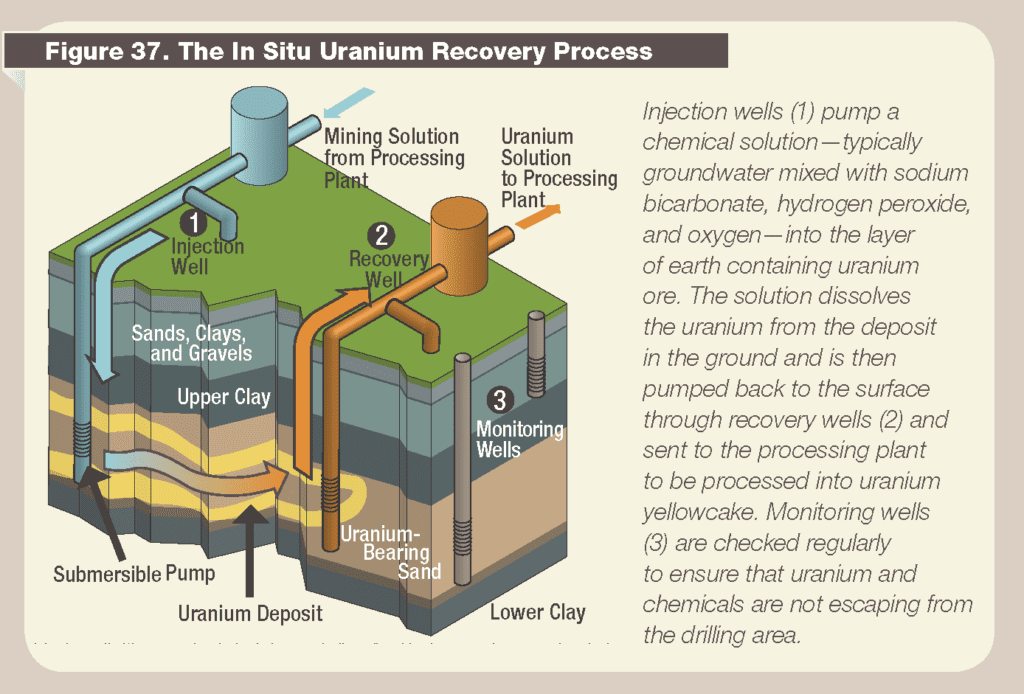
Mining in the United States
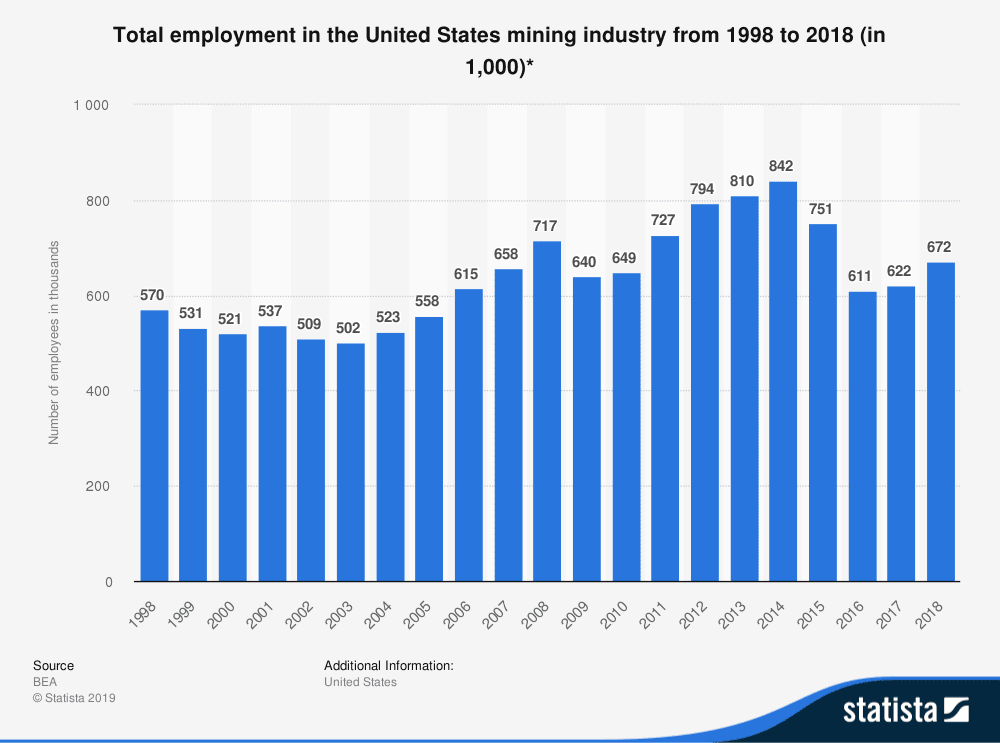
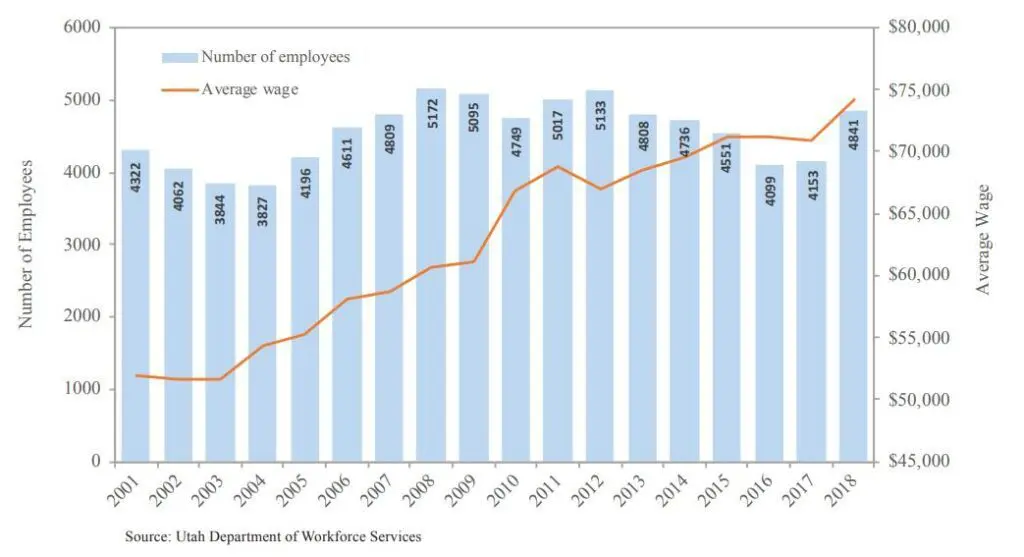
Mining plays an important part in the Utah economy. For 2018, the U.S. Geological Survey (USGS) ranked Utah as 8th nationally for production of nonfuel minerals.






